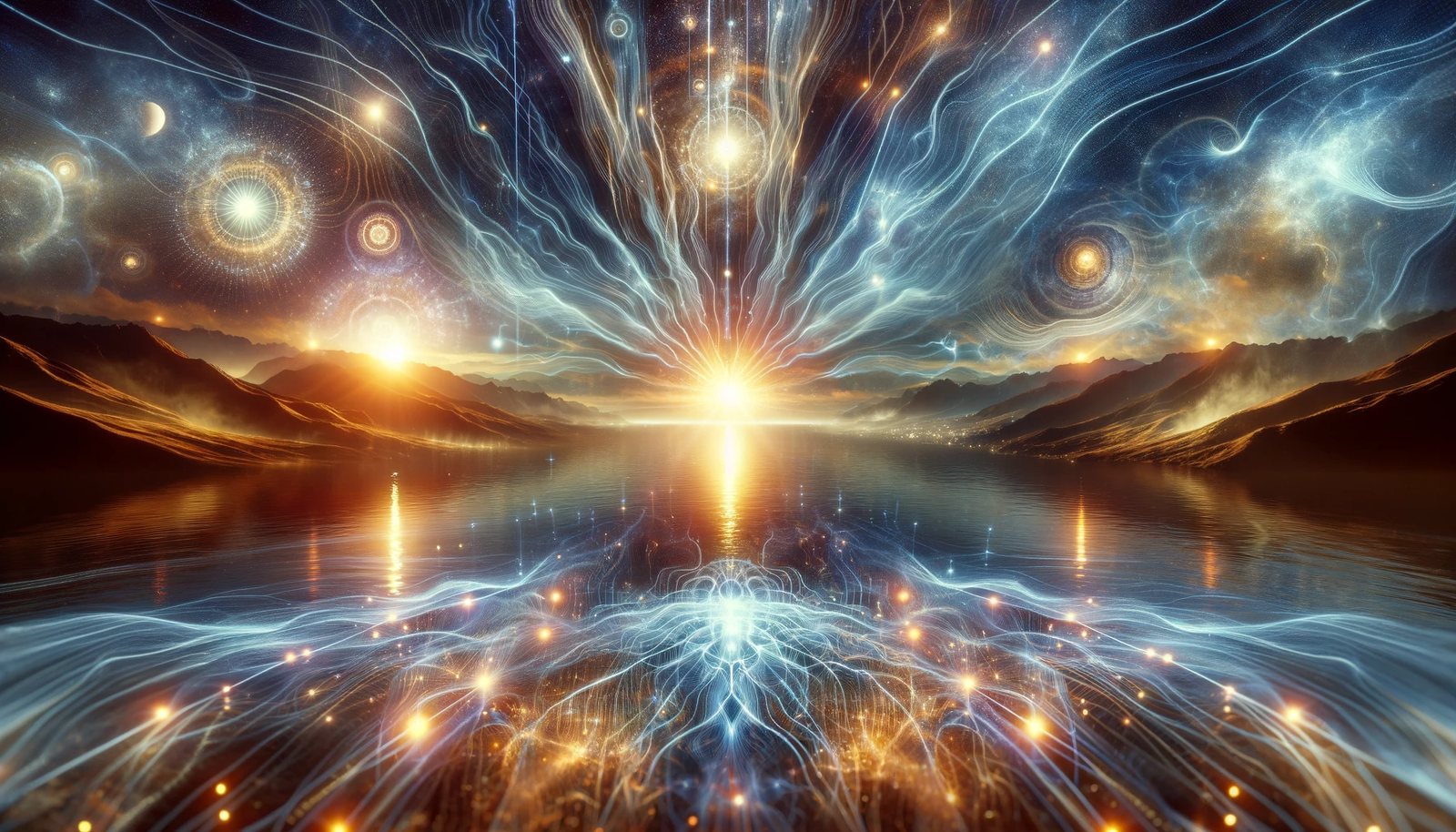What Lies Beyond: After Death Theories in Various Religious Contexts
Introduction
Death has always been a topic of intrigue and mystery for humans. Throughout history, different religions and belief systems have offered their own theories and explanations about what lies beyond death. In this article, we will explore the after-death theories in various religious contexts, shedding light on the diverse perspectives that exist.
1. The Afterlife in Christianity
Christianity teaches that after death, the soul goes to either heaven or hell, depending on the person’s actions and beliefs during their lifetime. Heaven is depicted as a place of eternal happiness and communion with God, while hell is described as a realm of eternal punishment and separation from God. Some Christian denominations also believe in the concept of purgatory, a temporary place of purification before entering heaven.
The belief in the resurrection of the body is also central to Christianity. According to this belief, at the end of time, the dead will be physically resurrected, and their souls will be reunited with their bodies.
Overall, Christianity offers a message of hope and the promise of eternal life for those who follow its teachings.
2. The Cycle of Rebirth in Hinduism
Hinduism teaches the concept of reincarnation, the belief that after death, the soul is reborn into a new body. This cycle of birth, death, and rebirth continues until the soul achieves moksha, liberation from the cycle of rebirth. The specific circumstances of each rebirth are believed to be determined by the karma, the accumulated actions and intentions of the individual.
Hinduism also recognizes different realms or planes of existence, such as heaven, hell, and various other realms where the soul may temporarily reside before being reborn.
The ultimate goal in Hinduism is to break free from the cycle of rebirth and attain union with the divine.
3. The Concept of Nirvana in Buddhism
Buddhism teaches that after death, the soul is not reborn into a new body but enters a state of nirvana, a state of ultimate liberation and enlightenment. Nirvana is seen as the cessation of suffering and the end of the cycle of rebirth.
In Buddhist belief, the path to nirvana involves following the Eightfold Path and practicing meditation and mindfulness. By cultivating wisdom, ethical conduct, and mental discipline, individuals can attain enlightenment and escape the cycle of suffering.
Buddhism emphasizes the impermanence of life and the importance of living in the present moment.
4. The Promise of Paradise in Islam
In Islam, the afterlife is described as a place of reward or punishment, depending on a person’s faith and deeds. Muslims believe in the existence of paradise (Jannah) and hellfire (Jahannam). Paradise is depicted as a place of eternal bliss, where believers are reunited with their loved ones and enjoy the pleasures of the garden.
Islam also teaches the concept of resurrection, where the dead will be physically resurrected on the Day of Judgment and held accountable for their actions.
The belief in the afterlife is a fundamental aspect of Islamic faith, providing motivation for believers to live a righteous and virtuous life.
5. The Journey to the Spirit World in Indigenous Religions
Indigenous religions often have unique beliefs about the afterlife. Many emphasize the interconnectedness of all living beings and the continuation of life in the spirit world after death.
For example, in Native American spirituality, it is believed that after death, the soul embarks on a journey to the spirit world, where it joins the ancestors and continues to play a role in the lives of the living.
Similarly, African traditional religions often emphasize the importance of ancestral spirits and the continuation of life in the spirit realm. Ancestors are seen as intermediaries between the living and the divine.
These beliefs highlight the deep reverence for nature and the interconnectedness of all beings in indigenous religions.
Conclusion
The after-death theories in various religious contexts reveal the diversity of human beliefs and perspectives on what lies beyond. Whether it is the promise of heaven, the cycle of rebirth, the attainment of nirvana, or the journey to the spirit world, these beliefs offer comfort, hope, and guidance to millions of people around the world.
While the specifics may differ, the underlying theme in all these religious beliefs is the recognition of a greater reality beyond our earthly existence, reminding us to live with purpose and to seek spiritual growth in this life.



